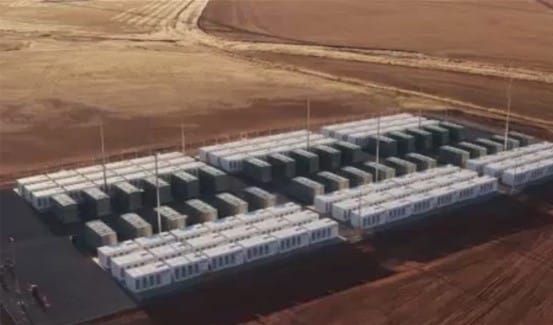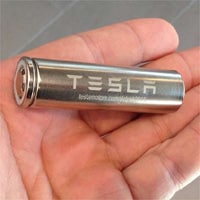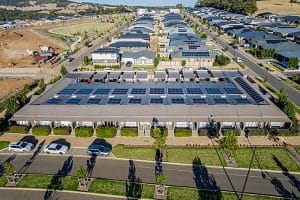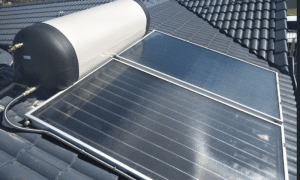A new impact report shows Tesla Energy has generated over 13 TWh of solar electricity across its global operations.
This amount far exceeds the 5.26 TWh of energy consumed by Telsa’s entire fleet of 550,000 electric vehicles (EVs).
The first of its kind impact report tallies the impacts of Tesla Energy’s operations and products on the environment and communities.
Since 2003, Tesla EVs have driven a combined 10 billion miles (16.1 billion km). In addition, its global Supercharger network has saved 75 million gallons (284 million litres) of petrol, allowing users to charge their vehicles in 30 minutes.
Together, these measures resulted in savings of 4 million tonnes of CO2, the report states. In addition, Australian Tesla owners last year released a comprehensive round-the-country charging map for EV users.
Impact of Tesla Energy solar and storage

Tesla Energy is justifiably proud of its role in shaping the way we think about renewable energy. The company invented the Solar Roof tiling system, which work like mini solar panels, turning sunlight into electricity. It has also revolutionised home energy storage with its line of Powerwall batteries.
When combined with rooftop solar, battery storage levels peaks and troughs in electricity demand. This reduces both peak operational and demand costs for retailers during peak demand periods, thus reducing costs for homeowners.
Storage also reduces the need to build expensive ‘peaker’ power plants to supplement supply at peak demand times. These units, usually gas-fired and selling high-priced power, came into play during load-shedding operations during January’s summer heatwave.
In December 2017, Tesla Energy flipped the switch on the world’s largest lithium-ion battery in South Australia. The 100 MW/129 MWh commercial-scale Powerpack system was delivered in less than 100 days. When Victoria’s Loy Yang power station failed a few weeks later, the big battery kicked in, helping to stabilise the local grid.
Tesla Energy powers ahead on sustainability
In 2017, Tesla set a baseline global carbon footprint across all its manufacturing facilities, committing to a goal of 100 per cent renewable energy.
The company’s Gigafactory 1, set to be the world’s largest building when completed, will incorporate over 200,000 rooftop solar panels.
Gigafactory 1 began mass production of lithium-ion battery cells in January 2017 and started manufacturing EV battery packs and drive units in mid-2018.







































